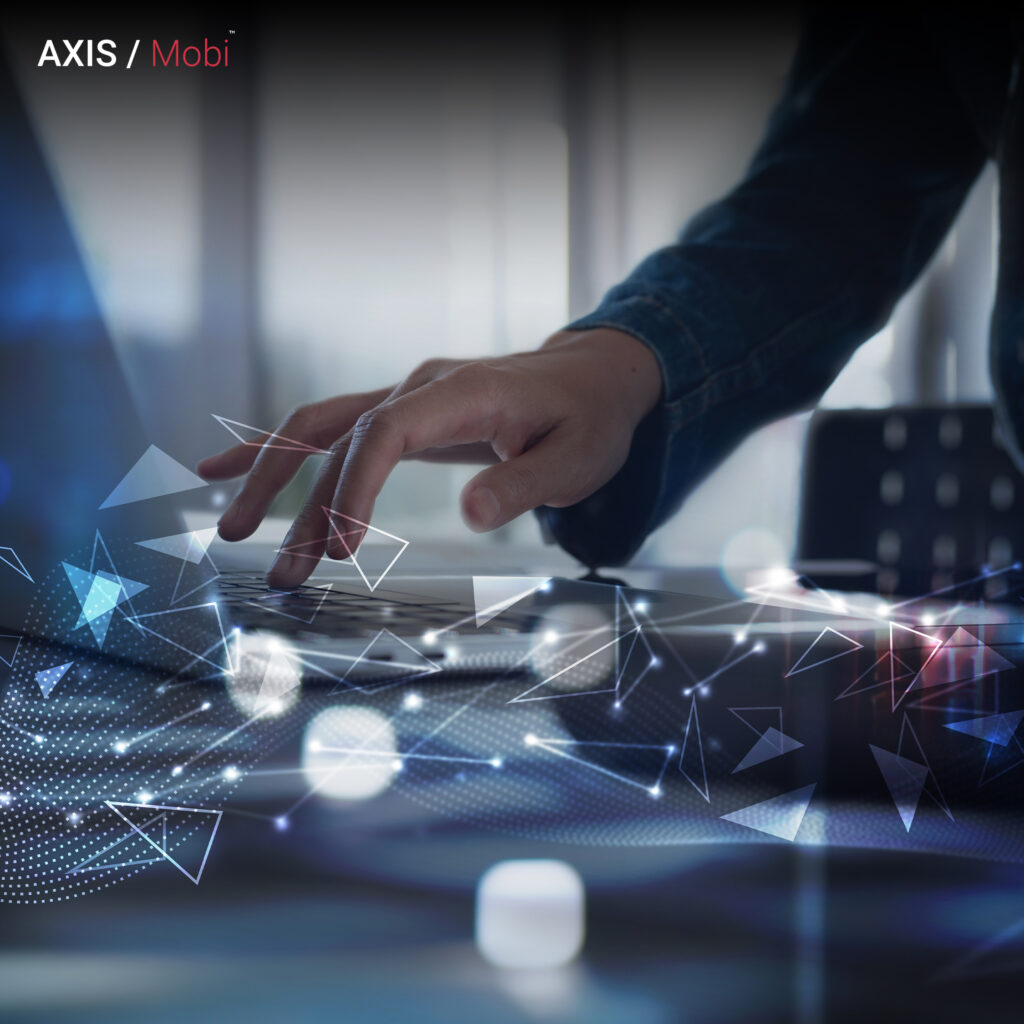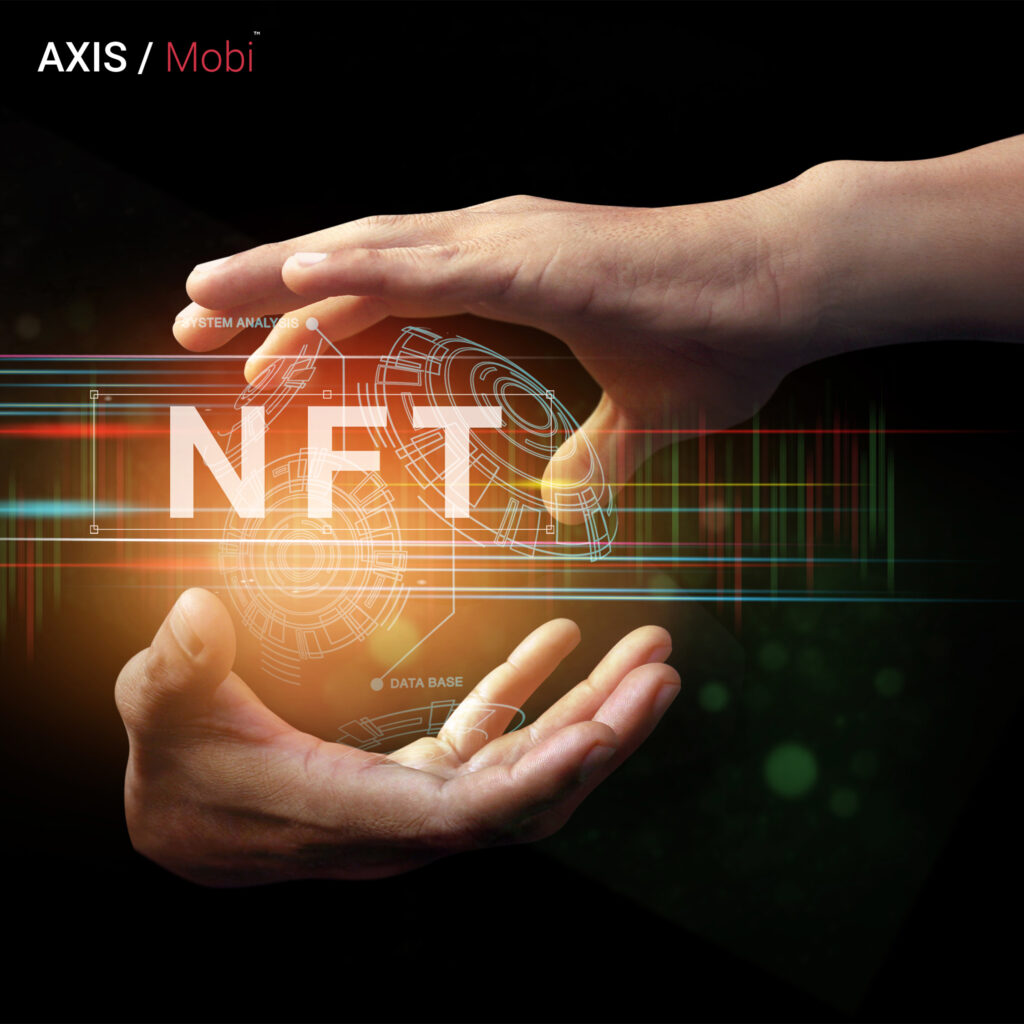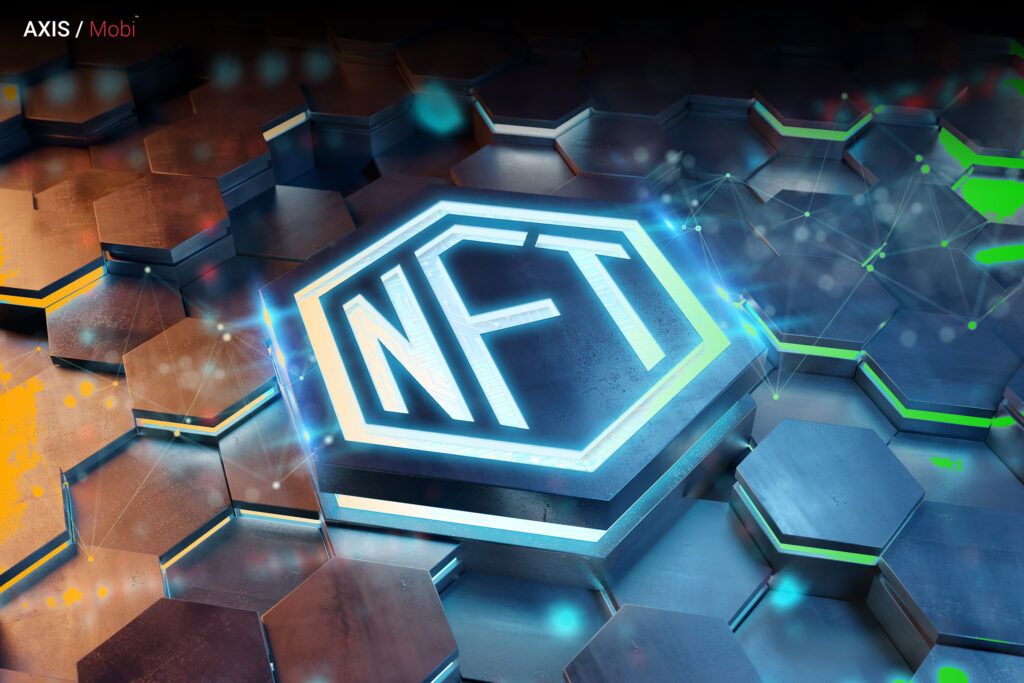The abbreviation ‘NFT’ stands for Non-Fungible Token, which explains almost everything. NFTs are already well-known as the popularity of cryptocurrencies increases in the years leading up to 2021. The work of art on display is an Non Fungible Token, and it was recently marketed for $60 million. Mike Winkelman created digital art. It is a digital representation of all artworks he has produced since 2013. Surprisingly, from February 25th, the selling rate will be a dismal $110. The valuation increased to about $1.2 million in the first nine minutes of bidding, thanks to twenty buyers. Even before the auction’s conclusion, the price range was extreme: $15 million per hour. The amount increased to $30 million during the final ten minutes. In the last moments, the price was set at $ 60.3 million, with an extra $10 million for the christie’s art auction.
MEANING OF NFT?
Let’s get into additional specifics. To start, the definition of non-fungible is the simple fact that an item cannot be changed for another. In Non Fungible Tokens, a token is a proof of authenticity recorded on a blockchain, making money traceable and accessible to all. As a result, an NFT is a unique form of virtual currency that can appear as digital artwork such as paintings, movies, or other forms of creative expression.
BENEFITS OF USAGE OF NFT?

Thanks to the development of blockchain technology, gamers and collectors can now obtain permanent ownership of in-game items and other distinctive properties and make money from them. People have the chance to create and market facilities in a few virtual environments, such as the Sandbox and Decentraland. Facilities like amusement parks and casinos. They can also trade specific digital items gained during playtimes, like costumes, characters, and in-game currency, on a secondary NFT market. Non Fungible Tokens have revolutionized the gaming and collectables industries, making them very well-liked by both bitcoin users and businesses. Since December 2017, a maximum of $175 million has been put into NFTs.
Uses in Real Life for NFT:

1.) Expanding the range of possible gameplay:
NFTs have sparked a lot of interest in the gaming industry. NFTs can manage in-game ownership and in-game power marketplaces and provide players with many additional advantages.
In several familiar video games, you can buy items to use in your gameplay. However, if it were an NFT, you might be able to recoup your investment by selling it once the game is completed. You might make money if the value of that item increases.
Game developers may receive a commission each time an item is traded in the open market since they are the NFT’s creators.
2.) Items that are there:
The tokenization of physical items is not yet as advanced as its digital counterparts. But many initiatives are looking at tokenizing real estate investment, unique designer apparel, and other areas. Since Non Fungible Ts are fundamental properties, you could someday be able to use ETH to purchase a car or a house and receive ownership in the form of an NFT (in the same transaction). It’s not impossible to imagine a future in which your Ethereum account acts as a ticket to your home or vehicle, with the cryptographic proof of the owner opening the entrance as technology develops.
3.) Raising the amount that creators get paid:
NFTs are being used most frequently in the realm of digital content. This is due to the chaos that currently exists in the industry. Services are eroding the income and earning potential of content producers. A painter who uploads artwork to a social media platform makes money for the platform since the platform sells advertisements to the artist’s followers. They receive visibility in return, but notoriety does not pay for costs. NFTs support a brand-new creative economy where authors keep ownership of their work rather than giving it to the social media platforms that disseminate it.
Conclusion:

Anyone could theoretically open their own NFT store. Anyone can create a job, turn it into an NFT primarily on the blockchain, and sell it on their preferred marketplace. NFT coins are freely tradable by anyone. You may perform all of these on Non Fungible Token. You can set up your store on the platform in a few minutes. It can be found in Polygon, Ethereum, Digital Art, and other places.
Along with sale prices, you may also include a royalty clause in the paperwork that will pay you if anyone purchases the product. When buying NFTs, you’ll need to set up an account, and it will need to be funded with cryptocurrencies. And the issues are brought on by the requirement for upfront payment.





Pingback: What is NFT? How does it function? | Intelligen...